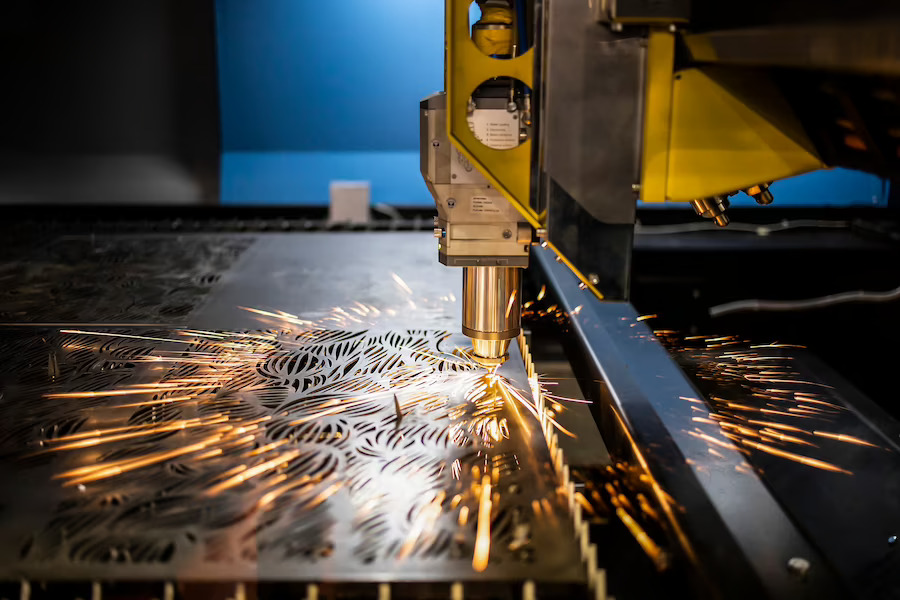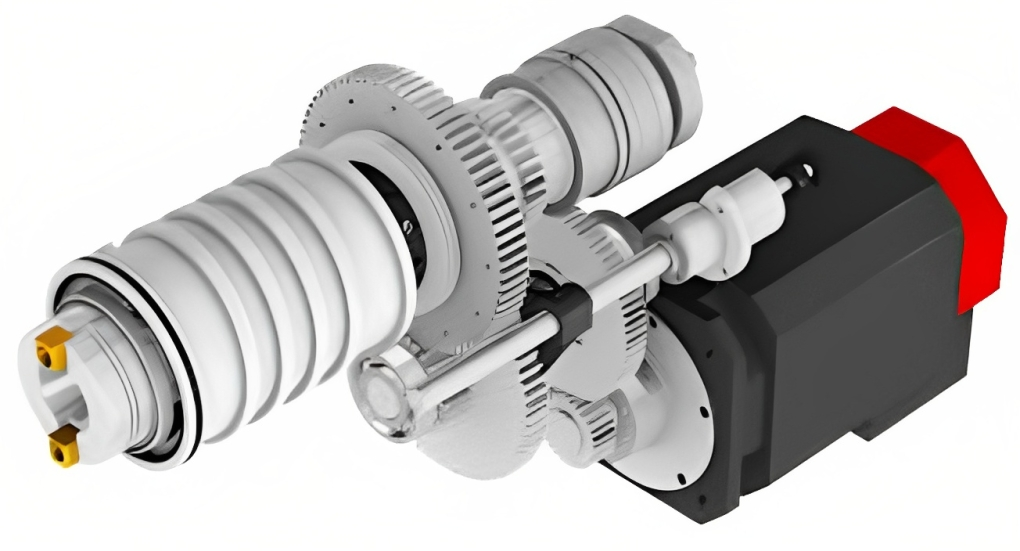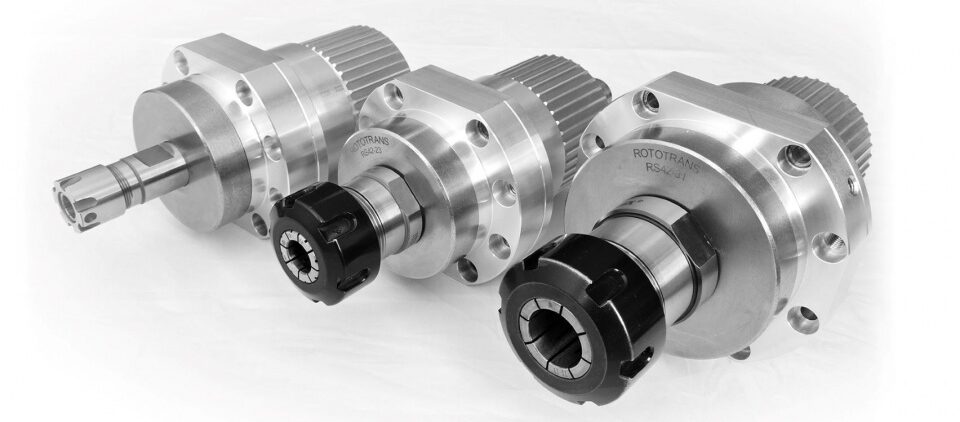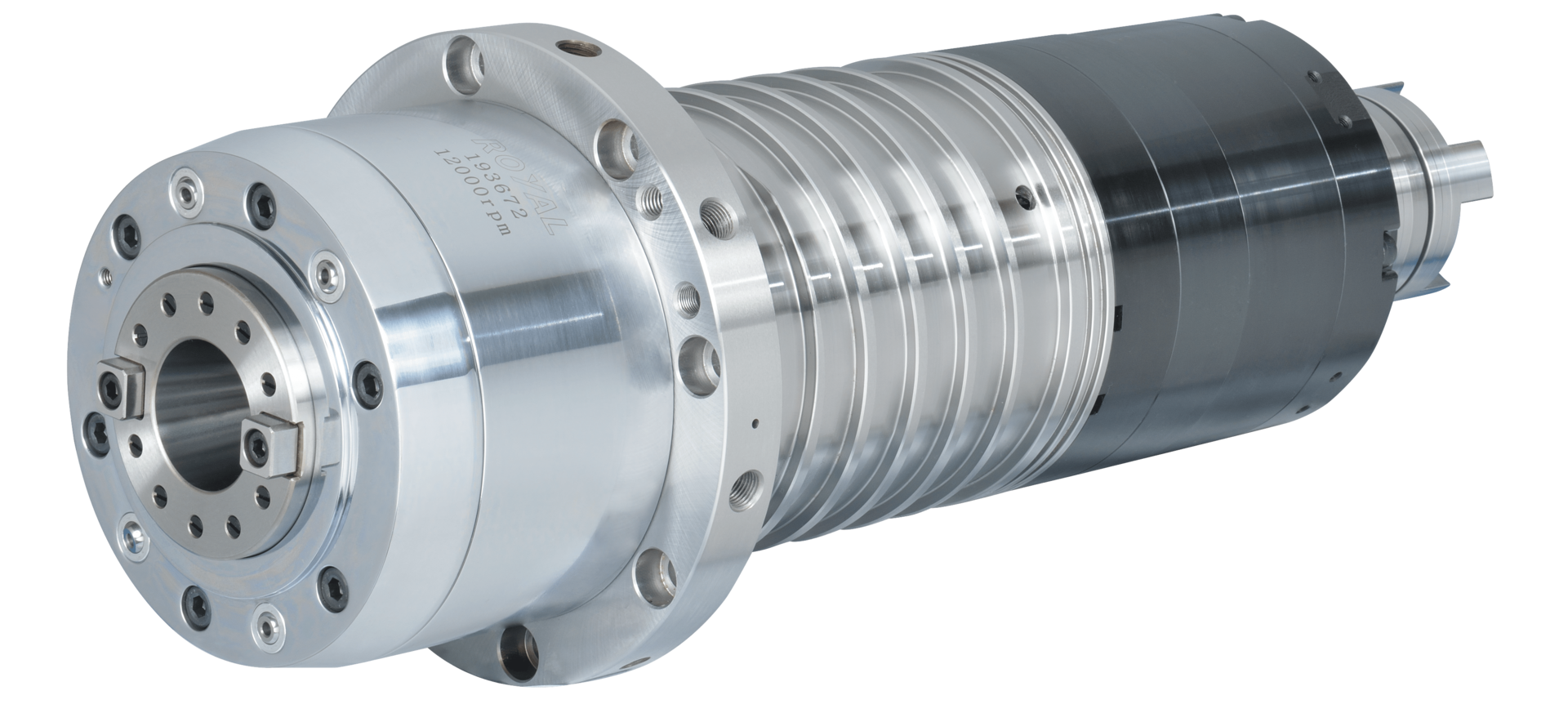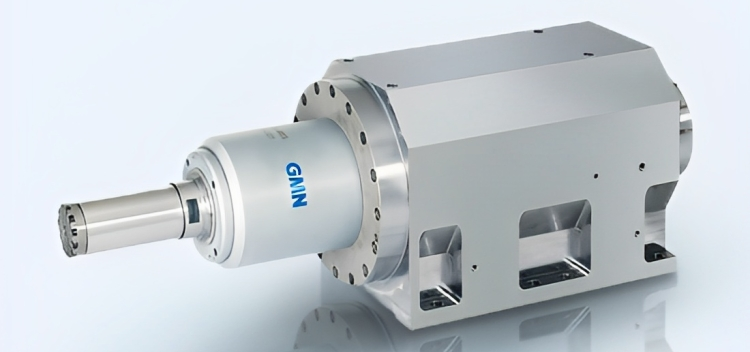Understanding the Different Types of Spindles for a CNC Machine
One of the most important machines used in various machining and manufacturing industries is the Computer Numerical Control (CNC) machine. Its versatility, power, and programmability allow it to be utilized in such operations as grinding, lathing, cutting, routing, and milling, to name a handful. Although complex, its essential nature is simple yet precise.
According to Fischer Precision Spindles, the component of the CNC machine that makes such precise operations possible is the spindle. Without it, there would be no high-speed rotation or tool holding possible by a CNC machine. As a result, the industries that provide machining, cutting, routing, and milling services would fail to give the expected operations and products.
So far, this may sound overly simplistic, but it provides a grounded refresher on what a spindle is and does. It also leads us to discuss the different types of spindles used for a CNC machine and why one type will be more appropriate for specific applications. In addition, we’ll look at their distinct characteristics, pros and cons, and why knowing and understanding these characteristics will help you make the right decision when choosing the most appropriate machinery spindles for your specific operations.
Because the spindle provides the rotational shaft and taper that hold the machining tool, as well as the support parts like bearings, seals, and drawbar that come with it, it’s important to point out the types of work spindles support in CNC machines.
This work includes:
- Milling
- Grinding
- Turning
- Boring
- Engraving
- Drilling
- Cutting or Lathing
- Routing
- 3D Printing
This type of work makes spindles indispensable to CNC machines and the capabilities they provide to manufacturing industries across the board.
Discussing Types of Spindles Utilized in CNC Machines
It should be noted that when discussing the types of spindles used for a CNC machine, we won’t focus on the types of operations spindles are used for. Often, there is confusion when discussing spindles because some may think “type” means a milling spindle versus a routing spindle. Although these applications are different, our intent isn’t to discuss “milling” spindles versus “routing” spindles.
Instead, what we mean by type in this article is the motive force that provides the rotation of the spindle and the speed ranges at which the spindle moves. The kind of drive and the resultant speed and torque usually drive the selection process for most CNC machine operations. Cost also plays a major factor, and there can be a significant disparity between the types.
That being said, spindles remain one of the most critical components of any CNC machine, regardless of whether they’re used for milling, lathing, routing, or operations.
Types of Spindles Used in CNC Machines
The primary types of spindles used in CNC machines boil down to four primary types. Those are:
- Gear-Driven Spindles
- Belt-Driven Spindles
- Direct Drive Spindles
- Integral Motor Spindles
Now, let’s delve into more details about what makes each different besides their names.
Gear-Driven Spindles
Gear-driven spindles are usually the slowest of the spindles used in CNC machines. The transmission is made up of a gearbox that transmits power from the motor to the spindle shaft. Because of its slower speed, a gear-driven spindle has a higher torque ratio, making it ideal for jobs that require more power and demand a more significant workload. Their speed usually doesn’t rise above 6000 RPM.
Pros
- High torque
- Great for working with more rigid materials at low speeds
Cons
- Maintenance is intense due to the gearbox and workload
- Cost
Belt-Driven Spindles
As their name suggests, belt-driven spindles utilize a belt-and-pulley transmission system to transfer power from a motor to a spindle to affect rotation. That rotation tends to be limited in speed and torque, making them ideal for a wide range of operations requiring lower speeds and less power. However, the torque ratio has higher potential if space is available to install a larger motor and transmission. The speed range for these spindles usually falls between 6000 to 15,000 RPM.
Pros:
- Simple
- Affordable
- Easy to maintain and repair
- Support a wide range of operations
Cons:
- Small-to-medium speed
- Low torque if space is limited
- Loss of power through the transmission system
- More vibration
Direct Drive Spindles
One step above belt-driven spindles is direct drive spindles. In this design, the need for the belt-and-pulley transmission system is eliminated by coupling the motor to the spindle shaft. As a result, there isn’t as much loss of power or efficiency. They also provide greater inherent torque compared to a belt-driven spindle. Lastly, their speed range is also faster, ranging between 10,000 to 20,000 RPM, but some can get as high as 36,000 RPM.
Pros
- High Speed
- High Torque
- Lower Vibration
Cons
- Higher Cost
- More Maintenance
- More extensive and heavier because of the motor
Integral Motor Spindles
Integral motor spindles (or motorized spindles) integrate the spindle and motor into one housing or unit. This increases performance and efficiency in a compact design with high-speed ranges and impressive torque. These are almost always the type of spindles you’ll find in high-speed CNC machines explicitly employed for tasks like high-precision machining and engraving. Their speed range usually tops out at around 50,000 to 60,000 RPM. However, those speeds can reach over 100,000 RPM in highly specialized CNC machines.
Pros
- High speed and torque and, in some cases, extremely high speed
- Compact and efficient
- Low vibration
Cons
- Expensive
- Repairs can be costly and affect operations significantly
- Requires technicians and operators with high-level training and knowledge
In Conclusion
CNC machines are competent and versatile when it comes to manufacturing capabilities. Using computer controls, they execute complex and precise work with reduced human intervention. However, the need for different types of spindles in CNC machines can’t be reduced for manufacturing success. Knowing the differences in the kinds of spindles used in CNC machines will help you make the right decision regarding your needs and operations.

